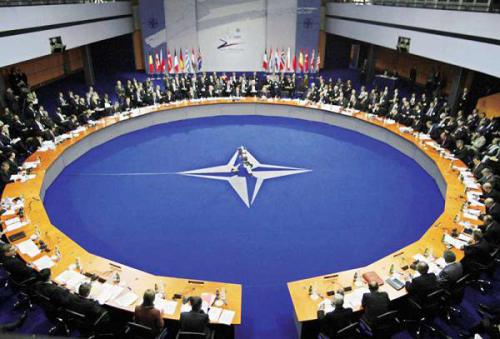
The recent success of the Commonwealth Games in Glasgow, Scotland highlights that sport is truly an international language. Stadiums were filled with supporters from around the globe, cheering for participating athletes from 71 countries and territories. In recent times, it has become evident that competition is not the only use for sport. Sport has become the trending approach for development in less developed countries, through the ‘Sport for Development and Peace’ campaign (SDP). Sport makes a positive contribution to development, from public health to peace building and conflict resolution. However, the popularity of SDP glosses over flawed tactics and shortfalls, which are hurting the potential of this phenomenon. In sporting parlance, it has been awarded a yellow card for its inefficiencies to date.
A familiar SDP charity ‘Right to Play’ interacts with children who are not already involved in, or show promise with sport. The goal is simple, to improve children’s health and encourage community development through sport. A multitude of organizations that have platforms similar to Right to Play exist. SDP projects are considered a ‘high impact, low cost’ tool, making them attractive for developmental purposes. The U.N. acknowledges the creativity and potential success these organizations provide, as they named 2005 the ‘Year of Development and Peace through Sport.’ The United Nations Human Rights Commission (UNHCR) has found its partnership with SDP organizations beneficial, especially in refugee camps.
SDP differs in its approach, but is often compared to development initiatives in poorer regions of the world. Sport development explicitly focuses on the training of athletes, coaches, and improvement of facilities and equipment. Large sporting organizations such as the International Olympic Committee (IOC) operate programs to enrich the sporting experience of athletes, coaches and volunteers. Programs are also being conducted by corporations, such as Nike, and even some fundamentalist churches, which dedicate time and effort to promising athletes.
These programs do make a difference, but only to the lives of an exclusive group. There is a limit to what ‘sport development’ programs can accomplish in terms of helping an entire community in need. In most cases, these programs take athletes and coaches out of their own country, resulting in a loss in sporting leadership. If the purpose of these programs is to enrich communities, to not engage with everyone is counterproductive.
To ensure that this development method can be effective, it is imperative that funding be improved. Western countries contribute to funding development projects across the globe, but not enough is dedicated to SDP projects specifically. The U.N. has made a large effort to push forward SDP projects by including them in the Millennium Development Goals. These objectives seek to tackle a variety of development issues, including the eradication of poverty, achieving universal primary education, the promotion of gender equality and combatting deadly diseases. While these efforts have raised awareness, these programs require the support of national governments in order to be truly effective.
Traditional Development vs. Sport
A harsh reality of SDP organizations is that they are ‘donor-defined’. This means that donors often have a predetermined idea for the program they wish to support, usually not involving any input from the local communities in need. As a result, these projects run the risk of not meeting the specific needs of their target communities.
More traditional multilateral development organizations place community development at the heart of their mandate. For SDP organizations, developing a sports structure is a main priority, whereas a focus on development comes second. The UN admits sport is not an engine for development, only a by-product. This is perhaps the reason why major development agencies, such as the World Bank and the International Monetary Fund have not incorporated SDP initiatives into their outreach efforts. For many of these institutions, sport is not considered as a catalyst for social change and is instead merely perceived as a recreational instrument.
The yellow card is a caution to SDP programs. To avoid receiving a red card, SDP must make improvements in the areas of funding and agenda setting. While SDP is a creative approach to international development, much needs to be done to ensure that such initiatives can be as inclusive as other successful humanitarian approaches.




